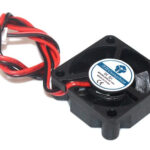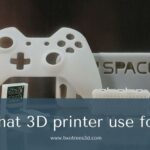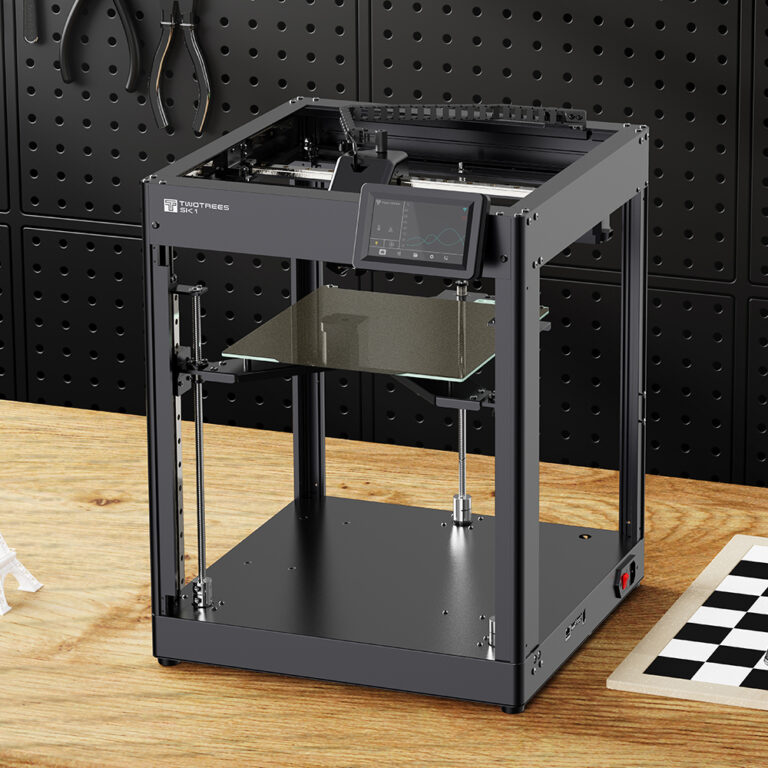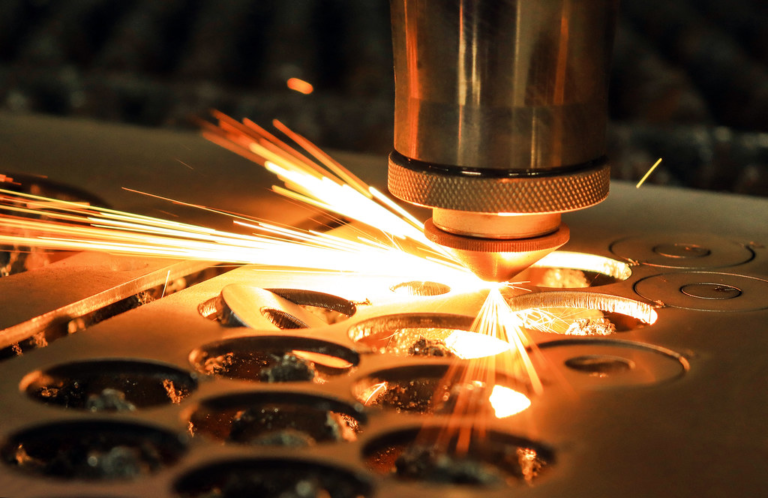Compared with subtractive manufacturing, 3D printing (additive manufacturing) has dozens of advantages, which plenty of articles have analyzed in detail. In general, it has the following three main advantages in comparison with traditional manufacturing.
The design structure is unlimited
For objects with complex geometric structure (such as those with topology or cavity structure inside), the traditional manufacturing fails to process as a whole, unless they are divided to be processed and assembled respectively. 3D printing resolves objects into numerous 2D planes layer by layer, so it can process complex objects. Furthermore, the accuracy of additive manufacturing depends on the smallest material particles that the printer can output, which is the most impressive benefit of additive manufacturing. People are allowed to design arbitrary and complex geometry, and the design structure has no restrictions.
Lower threshold of 3D Printing
The traditional equipment is bulky and very expensive, and it can be operated only by the ones with a certain technical competence. 3D printers (such as FDM 3D printers) are much smaller and cheaper. Some can even be applied at home, which is more convenient for lots of users. Compared with costly mould, 3D printing only needs a digital file to complete molding. Therefore, personalization and customization of products can be easily realized by 3D printing, greatly shortening the time for intermediate step. This advantage allows the nonprofessional to do research on geometry, structure or material, which greatly expands the availability and improves the flexibility of the manufacturing group.
Infinite combinations of materials
The 3D printer with multiple nozzles can print in combination with different materials (filaments). According to the stacking and combination of materials, the printed object has different physical and mechanical characteristics from the one with a single material. Therefore, the combination of different materials can form “new materials” with various properties, so that we can control the physical, mechanical and structural features of objects, increasing the diversity and flexibility of products.
In short, the three most prominent advantages of 3D printing technology are to speed up the product R&D process, give personalized and customized products and increase production flexibility. In terms of molding process, additive manufacturing overcomes the shortcomings of traditional subtractive manufacturing. According to the combination of rapid automatic forming hardware system and CAD software model, various objects with complicated shapes can be produced, which greatly shortens the design and production cycle and reduces the production cost.
Of course, it must be admitted that 3D printing, as a molding process that a new technology with some defects, such as time consuming, low precision, few materials, unable to mass production, etc. At this stage, the actual use of 3D printing still belongs to the category of rapid prototyping, that is, the models for enterprises before production. Therefore, additive manufacturing is an auxiliary to the traditional technology. There is still a long way to go before it can become the mainstream manufacturing technology. But we should believe that human pursuit of technology is unlimited. With the continuous progress in the research and development of 3D printing equipment and printing materials, the future of 3D printing technology must be promising.







